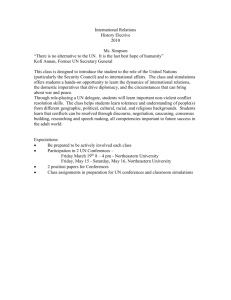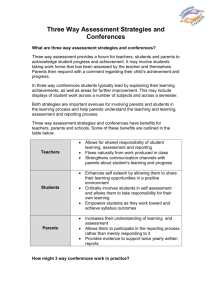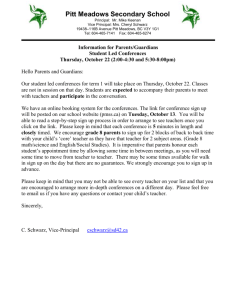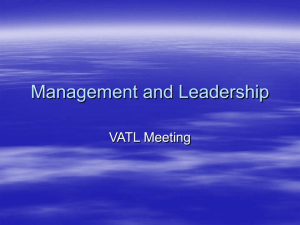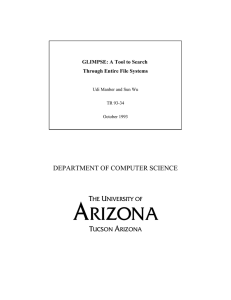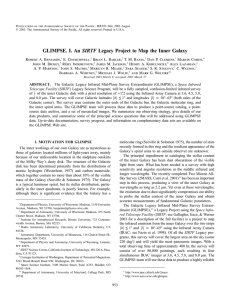Creative Strategies for Employee Development
advertisement
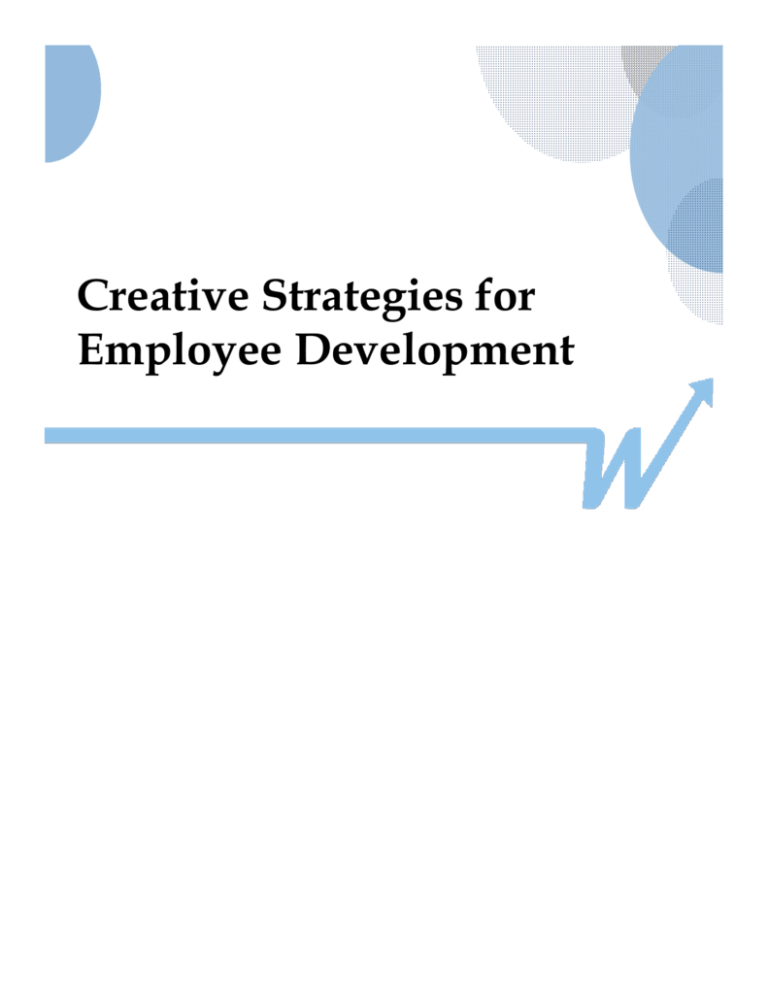
Creative Strategies for Employee Development Recommendations Training is learning. The keys to training are learning objectives and learner outcomes. In plain language, that means planning and results. If these are the two most important aspects of training, then the options for delivering learning are endless. Traditional training, like instructor-led learning, is useful for certain results. For example, it is almost essential to guide practice when participants develop skills like teamwork or effective interactions. People can learn other knowledge and skills such as tasks, rules and processes more independently or at least outside the classroom. These are some other creative learning opportunities besides E-learning. • • • • Job-Aids – Quick ways to teach employees simple procedures, rules or guidelines for quality, easily reproduced and adjusted over time Conferences – Provides employees with glimpse of their profession and the competition. With proper planning, follow-up and reporting, conferences are tremendous learning experiences and can be rewards. The key is to ensure employees attend and involve themselves. For example, employees may be expected to present or work a booth as a potential learning experience, then report back. Mentoring – Sometimes mentoring happens naturally, but can be part of a formal framework. The key is ensuring the right fit between mentor and protégé and providing growth expectations for both people. Train-the-trainer – Any time we teach something, we solidify our own expertise. The training experience can also help a person develop ancillary skills like presenting, facilitating and documenting processes. Write Wise Communications, LLC, 506 W. 19th St., #359, Houston, TX, 77008 (713) 863-9140 More Recommendations • • • • • • Public Seminars – Training opportunities, similar to conferences, but different because participants usually represent a variety of industries. Seminars can be great learning opportunities and a chance for companies to network. Professional Development - Provide more industry-focused learning and a glimpse at the competition. Leading Teams – Leadership roles can encourage growth, but only if employees are ready. Being tapped as a leader can boost a person’s credibility and reward quality work. Managers should choose team leaders who demonstrate both high skills, a predisposition to lead and a mutual agreement on the. Presenting – Sharing successes with coworkers or customers helps employees solidify knowledge and sets them up as potential leaders. Making a presentation involves skills that can increase a person’s potential. Experiences – Real world observing, listening or participating helps employees make connections they might not in a classroom setting. Job-Shadowing – Similar to mentorship, but more structured. Following a leader helps people observe jobs first-hand and gain a broader organizational perspective. Alternative Training Options require careful planning and follow-up. Without a before and after structure, the experience is generally wasted. New knowledge and skills need support, practice and review to maintain long-term results. As you plan employee development opportunities, build in expectations and methods for communicating results. Every type of training has unique advantages. With proper planning, alternative training options offer less expensive learning than traditional training and less administrative coordination. Write Wise Communications, LLC, 506 W. 19th St., #359, Houston, TX, 77008 (713) 863-9140

